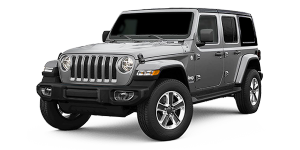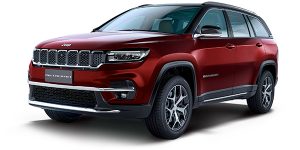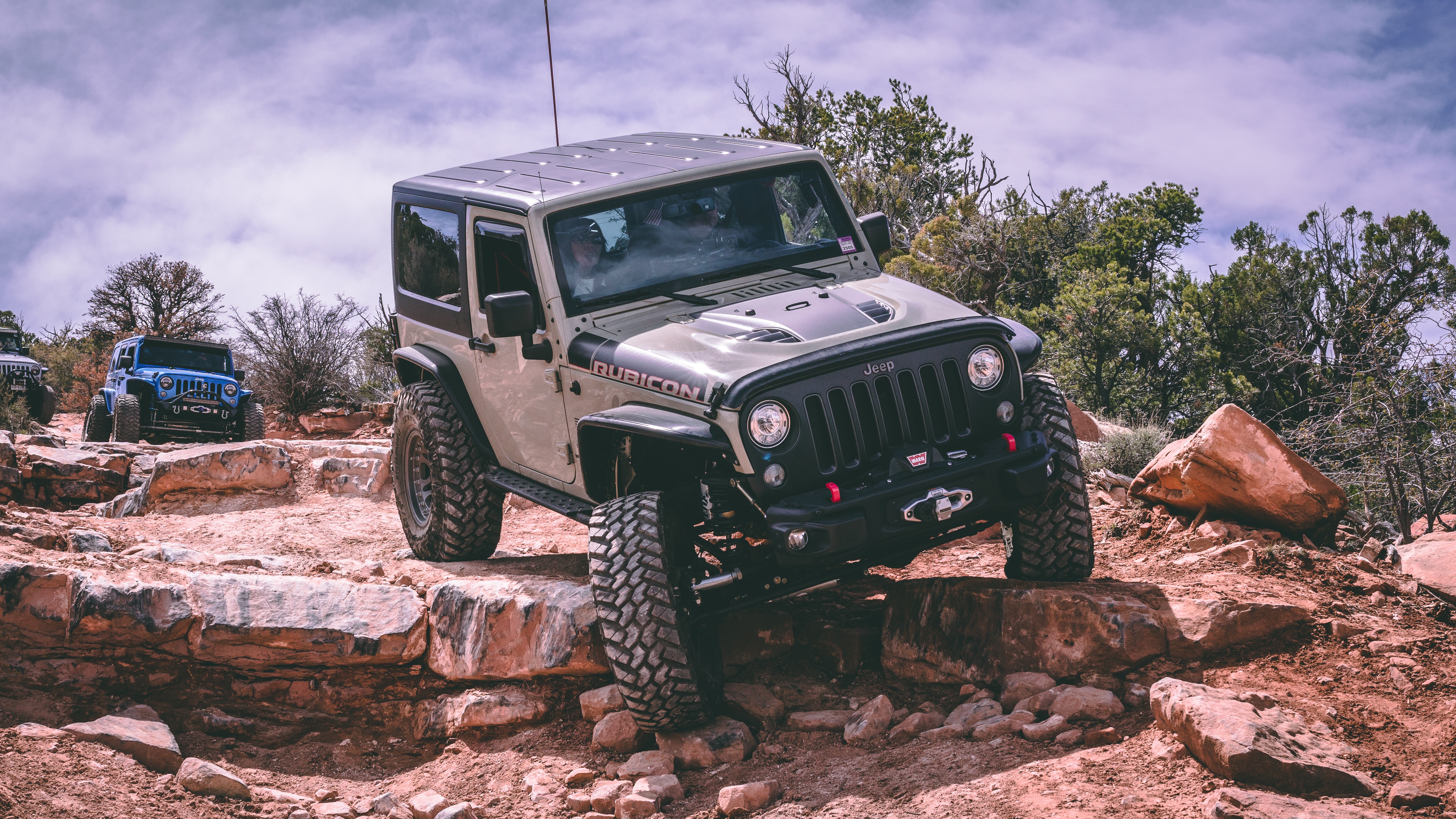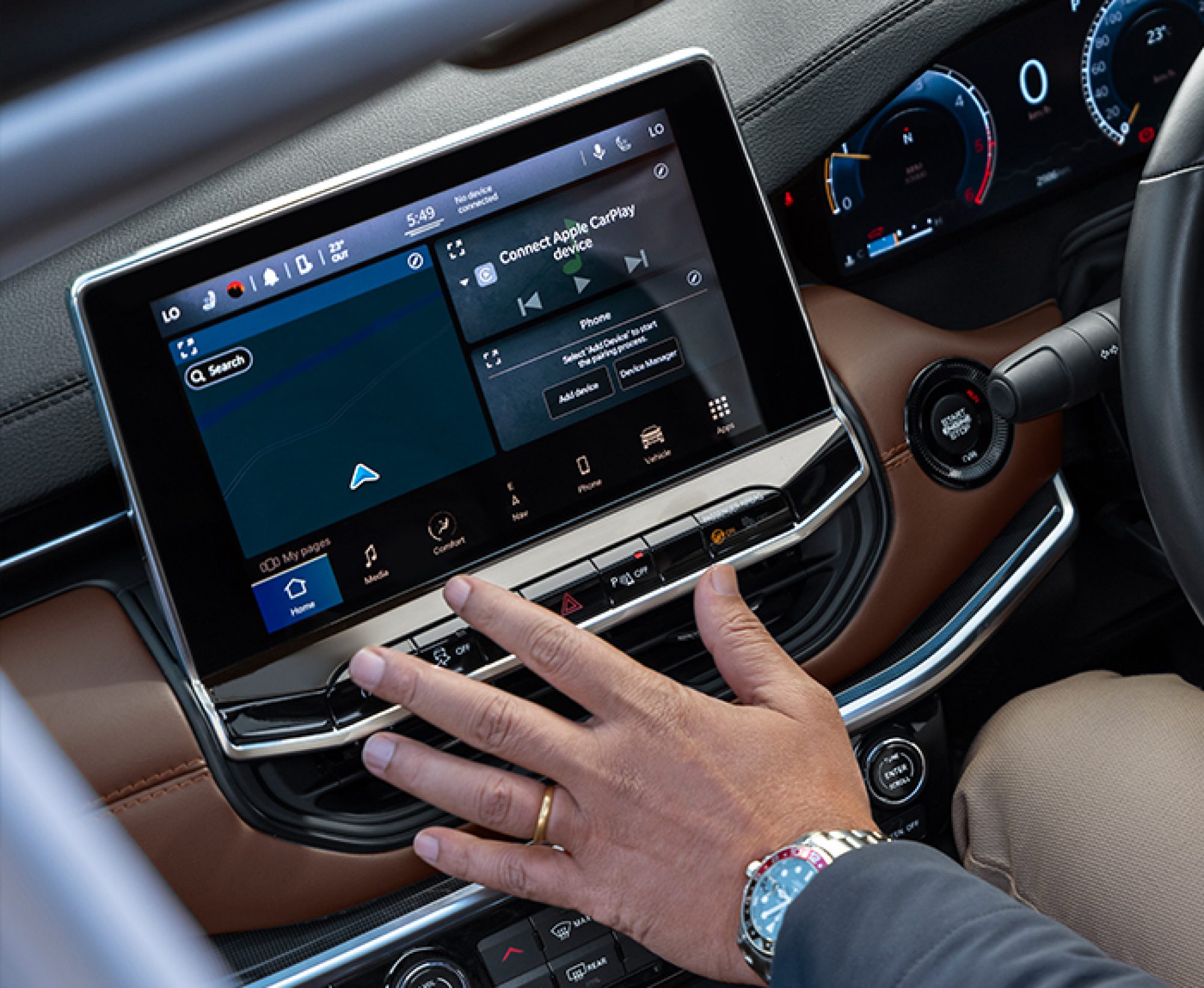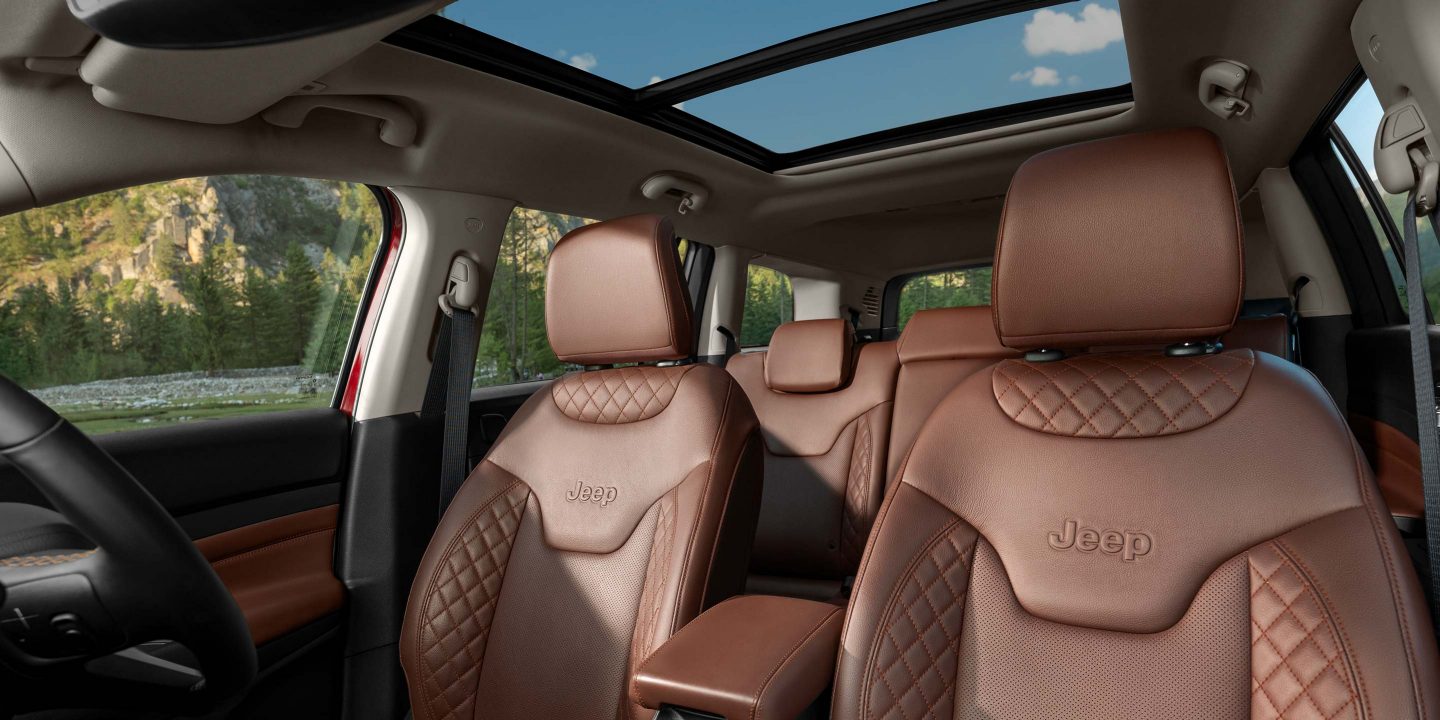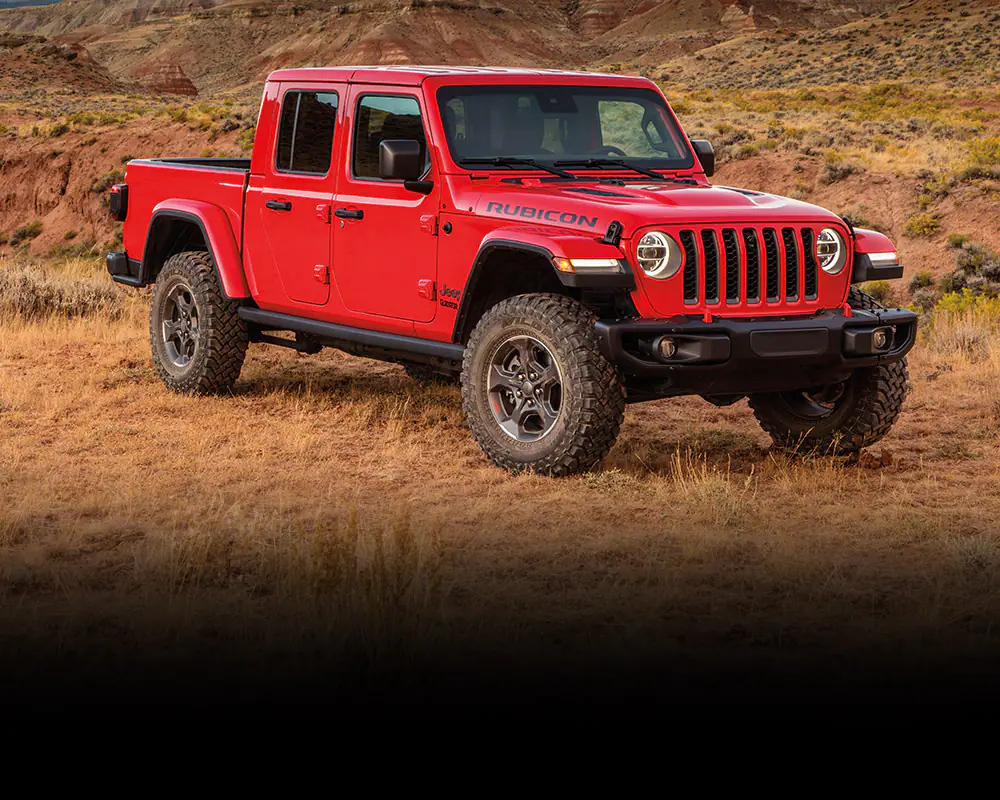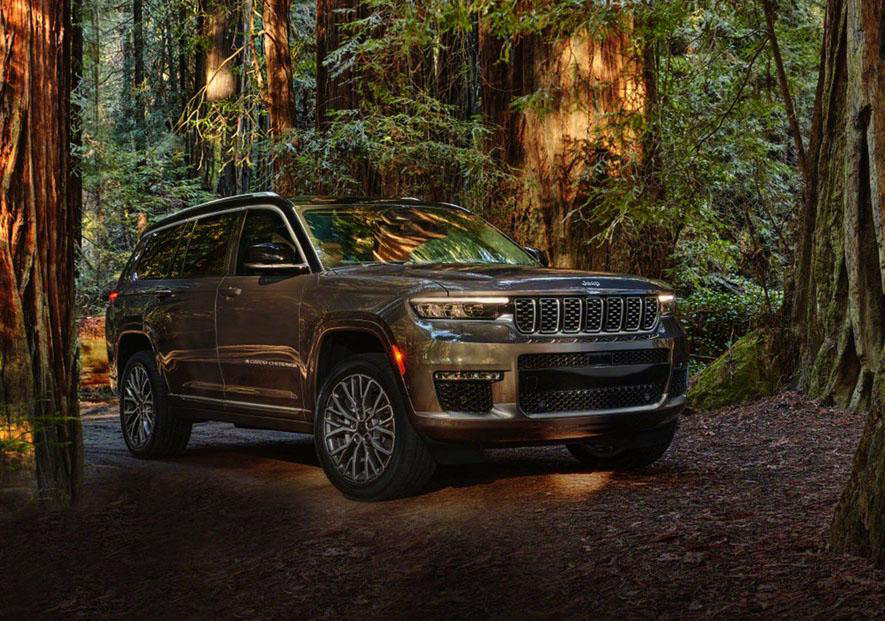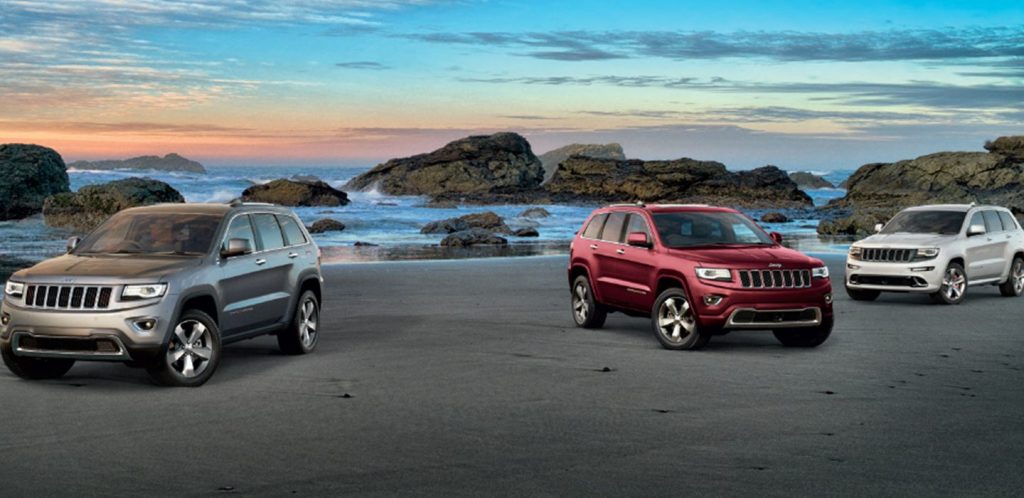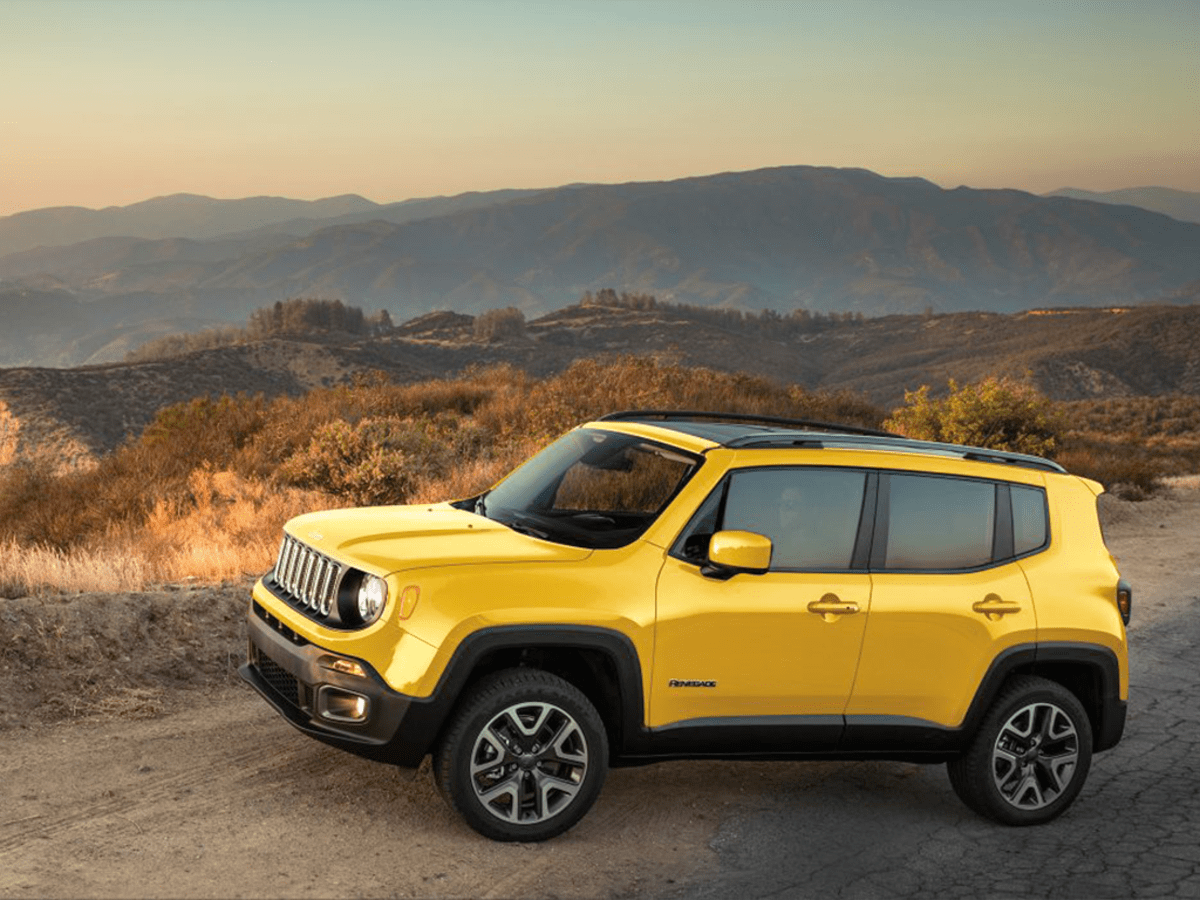In Nepal’s challenging terrain, maintaining a Jeep is essential for unlocking its full off-road potential.
Regular maintenance ensures longevity and optimal performance, allowing owners to confidently conquer rugged landscapes.
By adhering to a maintenance routine, Jeep owners can address key areas such as fluid checks, tire maintenance, and routine inspections.
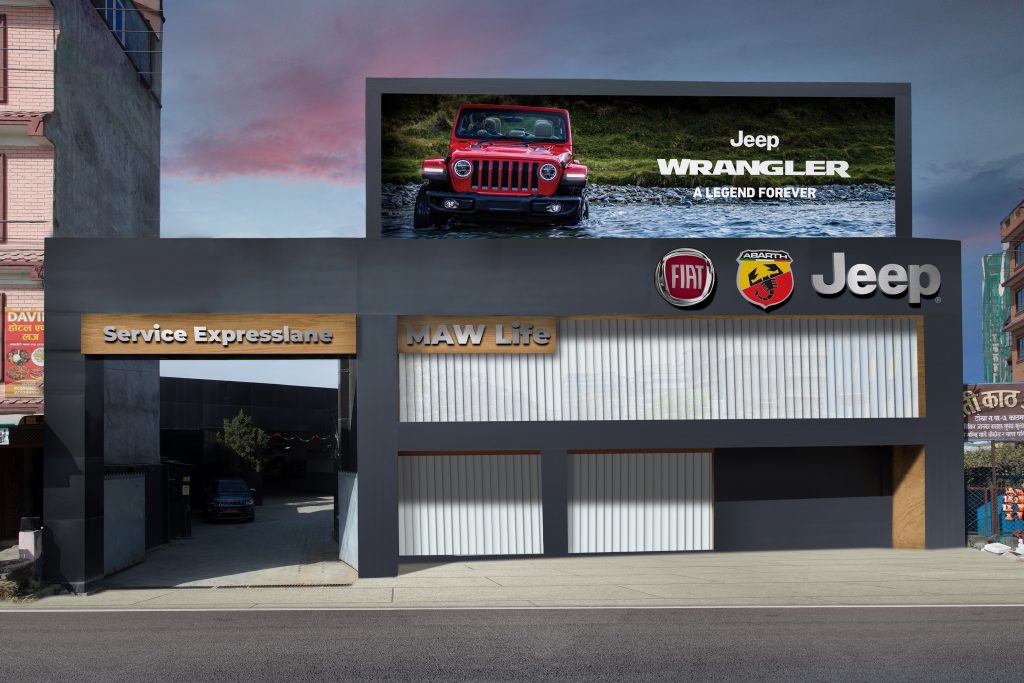
In Nepal’s diverse terrain, regular fluid checks and changes, including engine oil, coolant, and brake fluid, are crucial for performance and safety.
Proper tire maintenance, such as maintaining tire pressure, rotating tires, and inspecting tread depth, enhances traction and extends tire life.
Routine inspections of suspension components and addressing loose bolts and nuts contribute to stability on rough terrains.
By prioritizing maintenance, Jeep owners can maximize their vehicles’ capabilities and tackle Nepal’s challenging landscapes with peace of mind and excitement.
Regular Fluid Checks and Changes
Regular fluid checks and changes are vital for maintaining your Jeep’s performance and longevity in Nepal’s demanding terrain.
Key fluids to monitor and maintain include engine oil, coolant, and brake fluid. Engine oil is essential for lubrication and cooling, preventing engine wear.
Regularly check the oil level and condition, ensuring it is within the recommended range.
Follow the manufacturer’s guidelines for oil changes to maintain engine health. Coolant regulates the engine’s temperature.
Check the coolant level regularly and ensure it is within the proper range.
Maintain the correct coolant mixture for your climate and adhere to recommended coolant change intervals.
Brake fluid is crucial for safe braking performance.
Check the brake fluid level and condition, ensuring it is within the recommended range.
If the fluid appears discolored or contaminated, it may need to be flushed and replaced.
By regularly checking and maintaining the proper fluid levels, you can optimize your Jeep’s performance, prevent unnecessary wear, and ensure a reliable driving experience in Nepal’s challenging terrain.
Consult your owner’s manual for specific guidelines on fluid checks and changes for your Jeep model.
Remember, proper fluid maintenance is crucial for the longevity and optimal performance of your Jeep. Stay diligent and address any issues promptly to enjoy the full capabilities of your vehicle.
Tire Maintenance for Optimal Performance
Proper tire maintenance is crucial for optimal performance and safety when driving your Jeep in Nepal’s diverse terrain.
Regularly attending to tire pressure, tread condition, and rotation ensures maximum traction and longevity.
Maintaining the correct tire pressure is essential. Check tire pressure regularly, especially before off-road adventures.
Underinflated tires can reduce traction, while overinflated tires can compromise comfort and handling.
Refer to your Jeep’s manual for the recommended tire pressure. Monitoring tread conditions is equally important. Inspect the tread depth regularly to ensure it meets safety requirements.
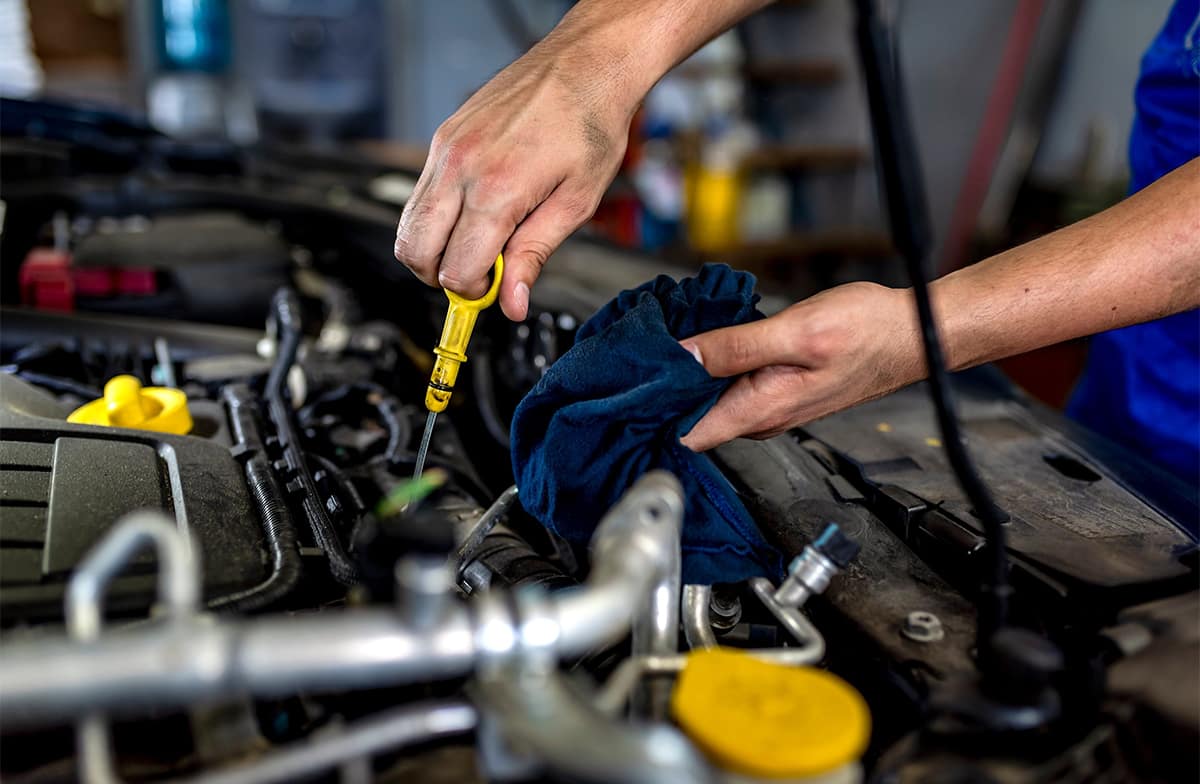
Worn-out or balding tires can compromise traction on slippery or uneven surfaces. Replace tires that have reached their wear limit to maintain optimal grip and control.
Rotating tires at regular intervals promotes even tire wear, prolonging their lifespan. It ensures tires wear evenly across all positions, including the front and rear axles.
Regular rotation helps maintain consistent handling, enhancing the overall driving experience. Additionally, check for signs of damage or punctures.
Inspect the sidewalls for cuts, bulges, and abnormalities that could compromise tire integrity. Address any issues promptly to prevent tire failure while driving.
Proper tire maintenance enhances the off-road capabilities of your Jeep, providing stability and grip on challenging terrains.
By keeping the tires properly inflated, monitoring tread condition, and rotating tires regularly, you can ensure optimal performance, traction, and safety during your adventures in Nepal.
Remember, your tires are the direct contact point between your Jeep and the terrain. By taking care of them, you can fully enjoy the capabilities of your Jeep and navigate Nepal’s rugged landscapes with confidence.
Suspension and Undercarriage Care
Proper maintenance of the suspension and undercarriage is essential for the longevity and performance of your Jeep in Nepal’s challenging terrains.
Regular inspection of suspension components, such as shocks and struts, is crucial to ensure optimal functionality.
These components play a vital role in absorbing shocks, providing stability, and enhancing overall ride comfort.
By inspecting them regularly, you can identify any signs of wear or damage and address them promptly to prevent further issues and maintain the vehicle’s stability.
In addition to suspension components, it’s important to check and tighten loose bolts and nuts that hold various undercarriage components in place.
Over time, vibrations and off-road impacts can cause these fasteners to loosen, compromising stability and potentially leading to more severe problems.
By regularly checking and tightening them, you can maintain the integrity of the undercarriage and ensure a stable and safe driving experience.
Protecting the undercarriage of your Jeep is equally important. Off-road adventures often involve encountering rocks, debris, and other obstacles that can cause damage to vital components underneath the vehicle.
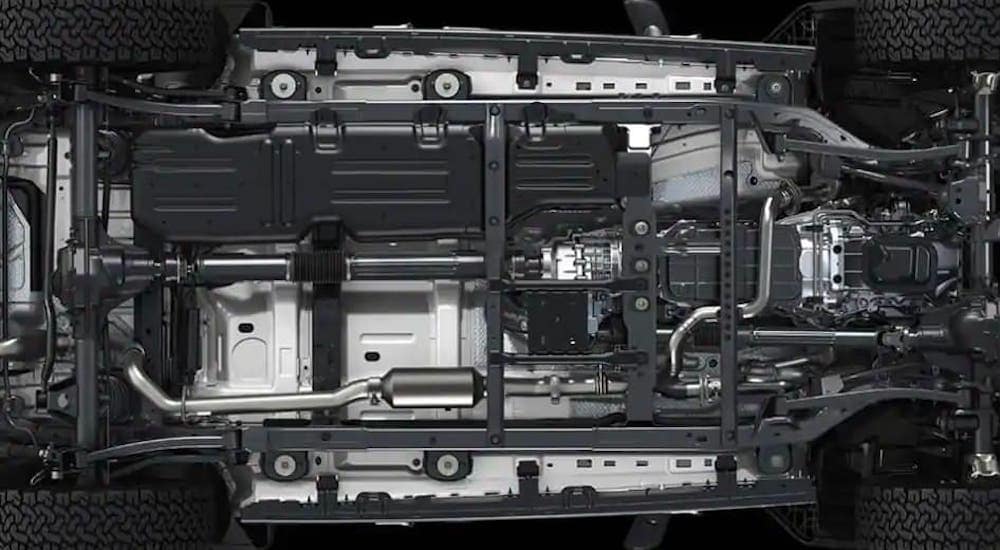
Installing skid plates or underbody armor can provide an extra layer of protection, shielding critical parts like the engine, transmission, and fuel tank from potential harm.
These protective accessories are specifically designed to withstand impacts and abrasions, minimizing the risk of costly repairs and ensuring the longevity of your Jeep.
By prioritizing regular inspection of suspension components, tightening loose bolts and nuts, and installing undercarriage protection, you can maintain the stability, durability, and performance of your Jeep in Nepal’s rugged terrain.
Taking these preventive measures will not only enhance your off-road adventures but also extend the lifespan of your vehicle, allowing you to enjoy many more exciting journeys ahead.
Routine Inspections and Preventive Maintenance
Regular inspections and preventive maintenance are essential for keeping your Jeep in top condition and minimizing the risk of unexpected breakdowns while navigating Nepal’s challenging terrain.
Perform routine visual inspections to identify any signs of wear, damage, or loose components. Check the suspension system, including shocks, struts, and control arms, for signs of leakage or damage.
Ensure that all bolts and nuts are properly tightened to maintain stability and prevent component failure.
Regularly inspect the brake system, including pads, rotors, calipers, and brake lines, to ensure optimal braking performance.
Look for any signs of wear, leaks, or uneven braking. Address any issues promptly to prevent safety hazards and maintain reliable stopping power.
Pay attention to the electrical system by checking the battery, wiring, and connections. Clean and tighten the battery terminals, ensuring a secure connection.

Inspect the wiring harness for any signs of damage or corrosion that may affect electrical functions. Furthermore, regularly inspect the drivetrain components, such as the driveshafts, axles, and differential, for any leaks, damage, or excessive play.
Inspect the exhaust system for signs of rust, cracks, or loose parts. Consider following a preventive maintenance schedule that includes regular oil and filter changes, air filter replacements, and spark plug inspections/replacements.
Adhering to these maintenance tasks will help optimize engine performance and fuel efficiency.
By conducting routine inspections and addressing any issues promptly, you can prevent potential problems from escalating, ensure reliable performance, and extend the lifespan of your Jeep in Nepal’s demanding terrain.
Consult your owner’s manual or seek professional assistance for specific maintenance guidelines for your Jeep model.
Jeep Service Centers Across Nepal
Finding a reputable Jeep dealership and service center in Nepal is essential for purchasing and maintaining your dream Jeep. Here are some top Jeep dealerships and service centers in Nepal:
Kathmandu Jeep Service Center
Basundhara, Kathmandu
Click Here For Map & Contact Details
Pokhara Jeep Service Center
Premium Auto Group, Uttam Chowk, Pokhara
Click Here for Map & Contact Details
Nepalgunj Jeep Service Center
Gajanan Auto Trading, Nepalgunj
Click Here for Map & Contact Details
When visiting a dealership or service center, ensure to inquire about their inventory, service offerings, and warranty options. This will help you make an informed decision and ensure that your Jeep receives reliable service and care.

